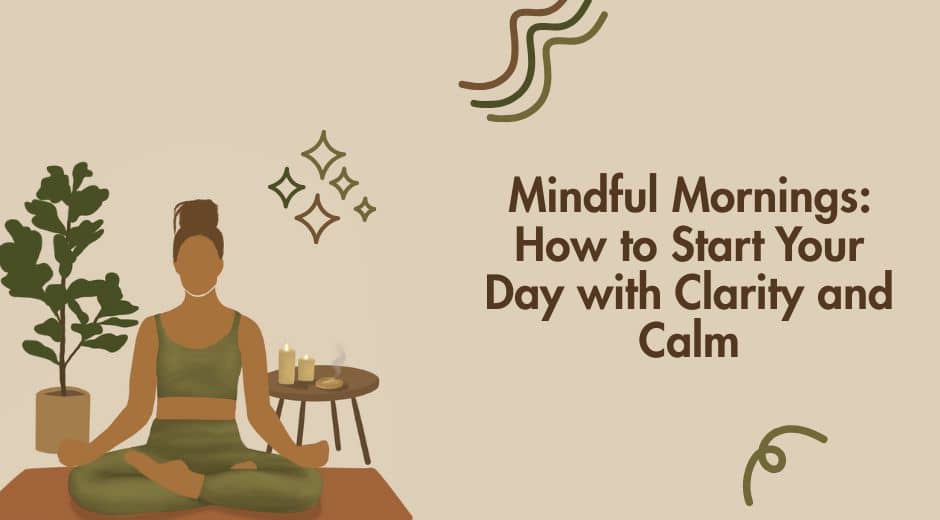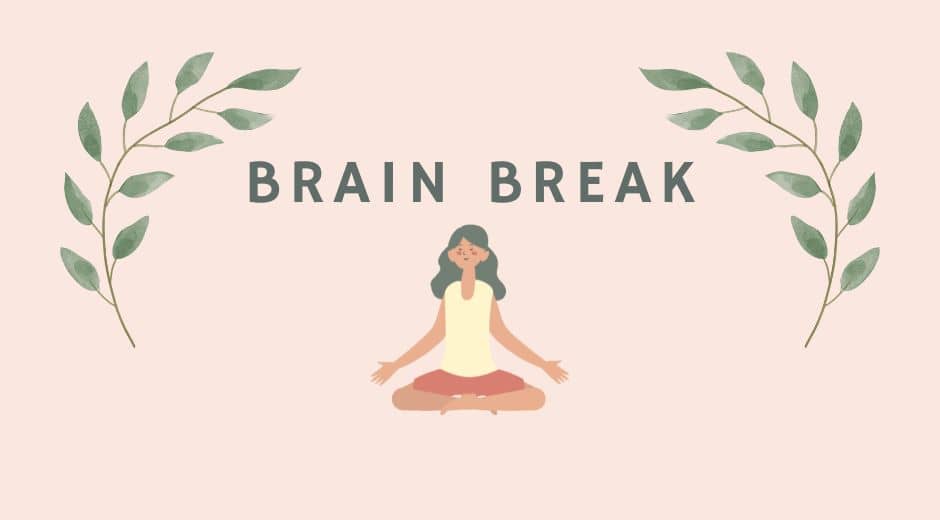Mindful Breathing Techniques to Restore Inner Balance
In today’s fast-paced world, stress and distraction often dominate our lives. Practicing breathing techniques rooted in mindfulness offers a natural way to restore calm, focus, and emotional stability. Unlike quick fixes, mindful breathing requires no equipment and can be done anywhere, whether you’re at work, commuting, or winding down before sleep. This article explores simple but powerful breathing techniques to help you cultivate inner balance and resilience in everyday situations.
Why mindful breathing matters
Breath connects body and mind. By bringing attention to the act of breathing, we activate the parasympathetic nervous system, which promotes relaxation and counteracts stress responses. Scientific studies confirm that mindful breathing can lower cortisol levels, improve focus, and enhance emotional regulation. This makes it one of the most accessible and effective wellness practices available to everyone.
1. Box breathing for calm clarity
Box breathing, also known as four-square breathing, is a structured technique used by athletes, performers, and even military personnel. Inhale for four counts, hold for four, exhale for four, and hold again for four. Repeat the cycle several times. This balanced rhythm stabilizes both breath and mind, making it ideal during stressful moments like work presentations or challenging conversations.
2. Diaphragmatic breathing for relaxation
Also called belly breathing, this technique involves inhaling deeply so the diaphragm expands rather than the chest. Place one hand on your stomach and feel it rise with each inhale. Exhale slowly, noticing the fall of the abdomen. Diaphragmatic breathing improves oxygen exchange and reduces tension, making it especially effective before bed or during recovery after exercise.
3. Alternate nostril breathing for balance
A traditional yogic practice, alternate nostril breathing helps balance the left and right hemispheres of the brain. To practice, use your thumb to close one nostril, inhale through the other, then switch sides for the exhale. Continue alternating for several minutes. This technique is particularly useful for centering before meditation, studying, or important decision-making.
4. 4-7-8 technique for stress release
Inhale quietly through the nose for four counts, hold for seven, and exhale through the mouth for eight counts. This technique promotes a strong relaxation response and is often recommended as a sleep aid. Practicing this breathing rhythm two to three times daily helps break cycles of anxiety and rumination.
5. Mindful observation of breath
The simplest yet most profound technique is to simply observe your breath. Without trying to control it, pay attention to the sensation of air entering and leaving your nostrils, the rise and fall of your chest, or the rhythm of your abdomen. Whenever the mind wanders, gently return to the breath. This practice builds awareness and mental clarity, forming the foundation of many mindfulness traditions.
How to integrate breathing techniques into daily life
The best part of mindful breathing is its versatility. You can practice in the morning to set the tone for the day, during work breaks to refresh focus, or in the evening to release accumulated tension. For best results, link your practice with routine activities: pause for three breaths before opening your email, or try a 4-7-8 cycle before meals. Over time, breathing becomes a natural anchor in stressful moments.
Science and expert perspectives
Leading health organizations emphasize the importance of mindful breathing. Articles from Forbes, The New York Times, and Harvard Health highlight its proven benefits for stress reduction and cognitive performance. Medical research links these techniques to lower blood pressure, better immune function, and enhanced focus.
Tips for beginners
- Start small: practice for just two minutes and build up gradually.
- Set gentle reminders: use phone alerts or sticky notes as cues.
- Pair with other habits: breathe mindfully during walks, commutes, or workouts.
- Be patient: the benefits grow over time with consistency.
Combining breathing with other mindful practices
While breathing is powerful on its own, combining it with mindfulness meditation, journaling, or gratitude exercises multiplies the effects. For instance, after a five-minute session of diaphragmatic breathing, write down one thing you feel grateful for. This not only calms the nervous system but also shifts perspective toward positivity and balance.
Want more practical tools for well-being? Explore our guide on building a resilient morning routine that pairs perfectly with breathing practices.
Final reflections
Mindful breathing techniques are simple yet transformative. With just a few minutes each day, you can restore balance, reduce stress, and sharpen focus. Whether you choose box breathing for clarity, alternate nostril breathing for equilibrium, or the 4-7-8 method for relaxation, each approach offers a direct path back to calm and presence. Start today, breathe with intention, and discover the power of balance within yourself.
Education Made Simple

Breathwork Basics You Can Use Anytime To Reset
Breathwork Basics You Can Use Anytime To Reset

Sleep Rhythm, Simple Night Habits For Deeper Rest
Sleep Rhythm, Simple Night Habits For Deeper Rest

The Meaning of Connection: Building a Purposeful and Fulfilling Lifestyle
Explore how genuine connection supports mental wellbeing, emotional health, and deeper purpose, shaping a more meaningful and fulfilling lifestyle.













